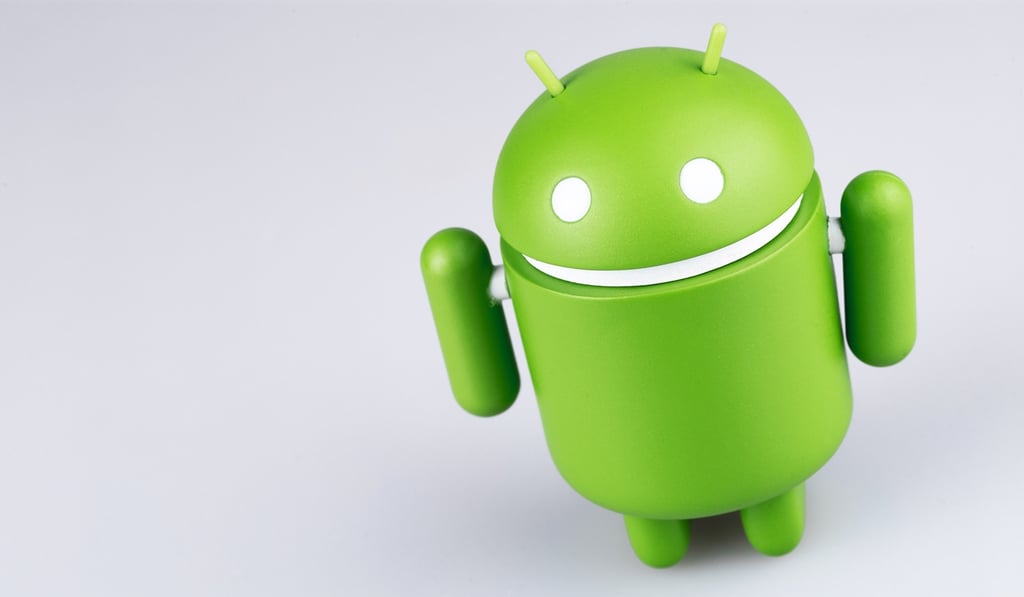Datamation content and product recommendations are
editorially independent. We may make money when you click on links
to our partners.
Learn More
The year of the Linux desktop has become a joke, referred to ironically when mentioned at all. Under the circumstances Linus Torvalds showed either courage or naivete when he admitted last week at Linuxcon that he still wants to see Linux become popular on the desktop.
However, neither Torvalds nor anyone else should stay up nights waiting for the event. Most users have no awareness of the possibility, or set impossible standards for it, even though, for a minority, the year of the Linux desktop happened years ago.
The problem is not a technical one, as it was in Linux’s earliest days. Linux desktops like KDE’s Plasma or Linux Mint’s Cinnamon are not only the equal of any proprietary desktop, but in many ways more advanced.
Rather, the problem is one of attitude. Free-licensed desktops have been an alternative now for almost a decade, but many average computer users have no idea that they exist.
True, they complain about Windows 8, and view Microsoft with the same affection usually given to an inconveniently placed wasps’ nest. Yet at the same time, they know so little of any alternatives that many are unaware that it is relatively easy to buy a machine with Windows 7 pre-installed, or order a copy online.
For that matter, most are unaware that at least three commercial packages are available to add a Start menu to Windows 8. If they have heard of free or open source software at all, their knowledge barely extends to Firefox, let alone free operating systems and their ideals or advantages.
The minority who have heard of Linux always have an excuse not to try it. If they fumble through LibreOffice, the features they want must have exactly the same name and position in the menu as in MS Office. Otherwise, they conclude that the feature is missing, and LibreOffice isn’t ready for prime time.
Others insist that they need exactly the same tools that they are using now. Only the Adobe graphic applications, they insist, will do for commercial work — and never mind the hundreds of professionals who already use free software. Alternatively, they focus on some small feature that they prefer and insist that it is absolutely essential.
Either way, they are hardly in the mood to give a free software app a chance, or make more than a token effort to transfer their knowledge to a new interface.
Occasionally, they are right — free software does still have some gaps. More often than not, however, their minds are already made up before they start, and their inevitable conclusion that free software isn’t ready for their use becomes a self-fulfilling prophecy.
What makes these attitudes alternately frustrating and ridiculous is that many of us who have been using free software for several years long ago declared their own private year of the desktop. For me, for instance, that year was 1999, although I admit that doing everything I needed took some determination for several years after that. These days, I don’t even bother dual-booting Windows to play games. Everything I need to do I can either do on Linux, or else via a web app.
Still, even though I have made my own resolution, I recognize that few others are likely to follow my example any time soon. How could they, when they either don’t know that the alternative exist, or else are unwilling to give it a serious chance? Until large numbers of people can be persuaded otherwise, the year of the Linux desktop will remain a wistful improbability.
-
Huawei’s AI Update: Things Are Moving Faster Than We Think
FEATURE | By Rob Enderle,
December 04, 2020
-
Keeping Machine Learning Algorithms Honest in the ‘Ethics-First’ Era
ARTIFICIAL INTELLIGENCE | By Guest Author,
November 18, 2020
-
Key Trends in Chatbots and RPA
FEATURE | By Guest Author,
November 10, 2020
-
Top 10 AIOps Companies
FEATURE | By Samuel Greengard,
November 05, 2020
-
What is Text Analysis?
ARTIFICIAL INTELLIGENCE | By Guest Author,
November 02, 2020
-
How Intel’s Work With Autonomous Cars Could Redefine General Purpose AI
ARTIFICIAL INTELLIGENCE | By Rob Enderle,
October 29, 2020
-
Dell Technologies World: Weaving Together Human And Machine Interaction For AI And Robotics
ARTIFICIAL INTELLIGENCE | By Rob Enderle,
October 23, 2020
-
The Super Moderator, or How IBM Project Debater Could Save Social Media
FEATURE | By Rob Enderle,
October 16, 2020
-
Top 10 Chatbot Platforms
FEATURE | By Cynthia Harvey,
October 07, 2020
-
Finding a Career Path in AI
ARTIFICIAL INTELLIGENCE | By Guest Author,
October 05, 2020
-
CIOs Discuss the Promise of AI and Data Science
FEATURE | By Guest Author,
September 25, 2020
-
Microsoft Is Building An AI Product That Could Predict The Future
FEATURE | By Rob Enderle,
September 25, 2020
-
Top 10 Machine Learning Companies 2020
FEATURE | By Cynthia Harvey,
September 22, 2020
-
NVIDIA and ARM: Massively Changing The AI Landscape
ARTIFICIAL INTELLIGENCE | By Rob Enderle,
September 18, 2020
-
Continuous Intelligence: Expert Discussion [Video and Podcast]
ARTIFICIAL INTELLIGENCE | By James Maguire,
September 14, 2020
-
Artificial Intelligence: Governance and Ethics [Video]
ARTIFICIAL INTELLIGENCE | By James Maguire,
September 13, 2020
-
IBM Watson At The US Open: Showcasing The Power Of A Mature Enterprise-Class AI
FEATURE | By Rob Enderle,
September 11, 2020
-
Artificial Intelligence: Perception vs. Reality
FEATURE | By James Maguire,
September 09, 2020
-
Anticipating The Coming Wave Of AI Enhanced PCs
FEATURE | By Rob Enderle,
September 05, 2020
-
The Critical Nature Of IBM’s NLP (Natural Language Processing) Effort
ARTIFICIAL INTELLIGENCE | By Rob Enderle,
August 14, 2020
SEE ALL
ARTICLES









